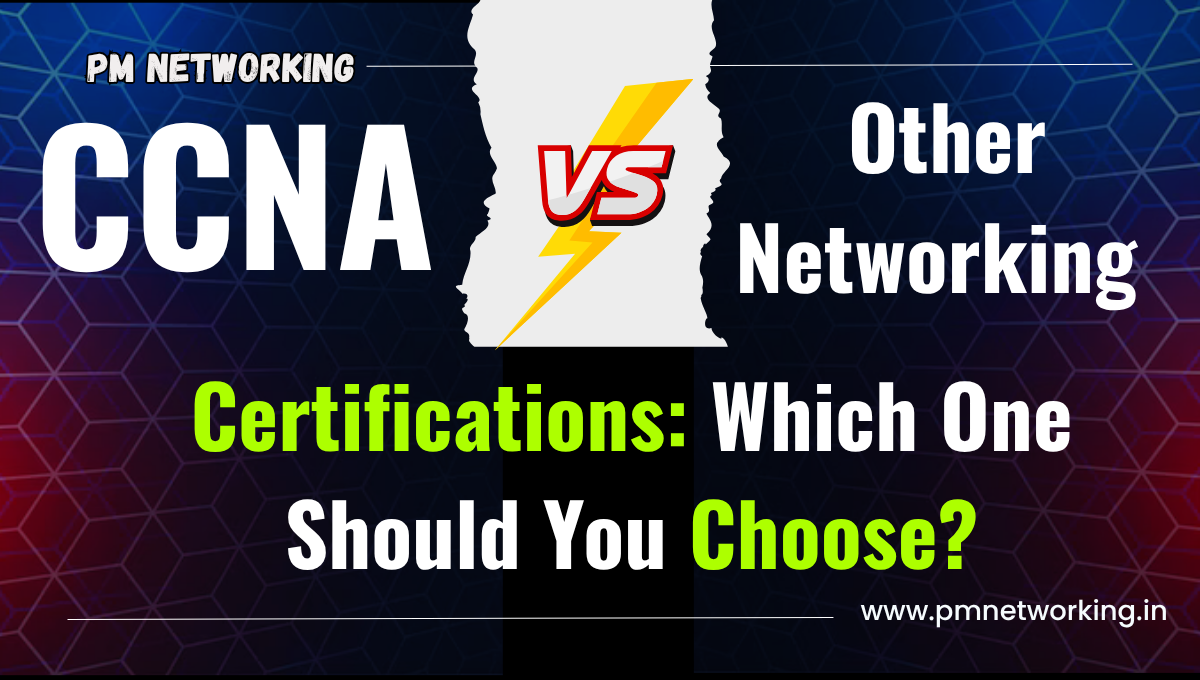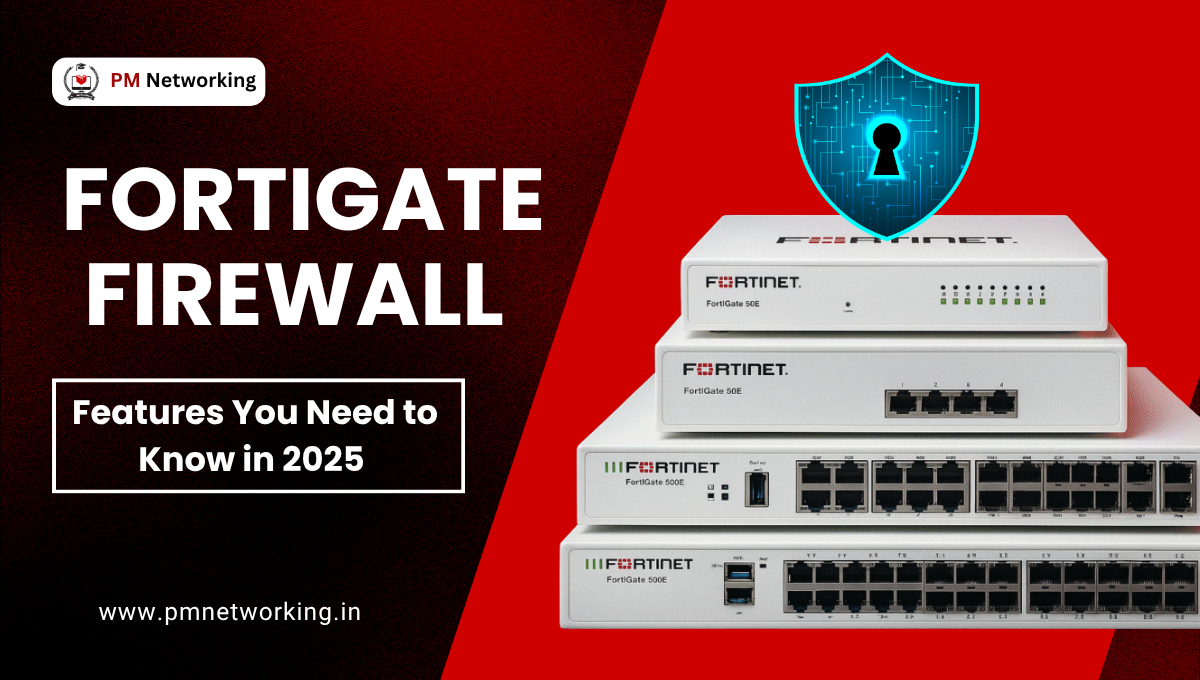
Malware is any malicious software that aims to damage or take advantage of any network, service, or programmable device. Typically, cybercriminals use it to collect data so they can use it against victims to their advantage and make money. Passwords, financial data, health records, and private emails are just a few examples of the kinds of information that might be compromised.
In this article, we are going to discuss everything about Malware. To know more, keep reading.
What is Malware?
Malware, which stands for malicious software, is any invasive program that is created by hackers or cybercriminals to steal data and destroy or damage computers and computer systems. Commonly found malware includes Trojan viruses, worms, spyware, adware, and ransomware.
The term “malware” refers to a file or piece of code that is usually distributed across a network and has the ability to harm, explore, steal, or carry out almost any desired action on the part of an attacker. Additionally, there are a number of ways to damage computer systems due to the wide variety of malware variations. Malware typically aims to accomplish one of the following goals, despite variations in kind and capabilities:
- Give an attacker remote access to a compromised computer so they can use it.
- Send unsuspecting recipients spam from the compromised computer.
- Steal confidential information.
Types of Malware
Viruses:
A virus is an executable file that has malicious code attached to it. The virus spreads when an infected file is moved from one machine to another. Viruses might be benign or have the ability to change or delete data. Opening a file can trigger the activation of a virus. A program virus will infect other programs on the computer once it becomes active.
Worms:
Worms are self-replicating programs that attach themselves to various files on a system and search for connections between computers, such as a network that shares common file storage locations. Networks are often slowed down by worms. While viruses need a host program to run, worms are self-contained programs. Once a worm has infected a host, it can quickly travel throughout the network.
Trojan horse:
Malware that appears to be a desired activity, such as playing an online game, but actually performs malicious actions is known as a Trojan horse. Because a Trojan horse attaches itself to non-executable files like images and audio files, it differs from a virus.
Ransomware:
Ransomware takes control of a computer system or the data on it until the victim pays some amount. Ransomware encrypts computer data using a key that the user is unaware of. The user has to pay a ransom to the thieves in order to recover the data (a sum of money). The victim can resume using his or her system after the money has been paid.
Adware:
It causes unwanted pop-ups and advertisements to appear on the computer. Software downloads and packages are included. Through the display of ads, it brings in money for the software distributor.
Also Read:- ccna full form
Spyware:
Spyware’s main goal is to obtain personal data from a computer system and give it to a third party. Spyware collects data and transmits it to the hacker.
Logic Bombs:
A logic bomb is a malicious program that triggers the malicious code inside it. Until the trigger event occurs, the logic bomb is not operational. A logic bomb, once implemented, releases harmful code that damages a computer. Recently, cybersecurity experts have found logic bombs that target and damage a workstation or server’s hardware, including the power supply, cooling fans, and hard drives.
Also Read:- what is cyber security and its types
Rootkits:
A rootkit creates a backdoor by changing the OS. Attackers can then gain remote access to the machine by using the backdoor. Most rootkits change system files by feeding on vulnerabilities in software.
Backdoors:
A backdoor allows access to a system without using the standard authentication. Even if the organization resolves the initial vulnerability used to attack the system, the backdoor’s goal is to allow cybercriminals access to the system in the future.
Keyloggers:
Keyloggers keep track of everything a user types on their computer in order to gather passwords and other private data and forward it to the program’s source.
Why do Cybercriminals use Malware?
Malware, which includes all harmful software, including viruses, is used by cybercriminals for a number of different objectives.
- Using deceit to get a victim to give away personal data in order to commit identity theft
- Theft of credit card or other financial information belonging to a customer
- Gaining control of several computers and using them to attack other networks
- Mining for cryptocurrency like Bitcoin on compromised PCs.
Benefits of Malware Detection and Removal
- Enhanced Security: People and organizations can lower the risk of future invasions and can improve the security of their systems by identifying and removing malware.
- Reduce Data Loss: People and organizations may protect their crucial files and data by removing malware, which has the potential to cause data loss.
- Protect Reputation: Malware can damage an organization’s reputation. However, people and organizations can protect their reputation and brand by identifying and removing it.
- Enhanced Productivity: Malware can cause systems to operate more slowly and inefficiently. By getting rid of it, people and organizations can improve the productivity of both their workers and their systems.
How to Stop Malware Infections?
Users can stop malware in a few different methods. To protect a personal computer, users have the option to install antimalware software.
Users can prevent infection by practicing caution when using their computers or other personal devices. This includes avoiding opening attachments from odd email addresses because they can be malware disguised as authentic attachments; these emails can even seem to be from reputable companies but use unauthorized email domains. Users should update their antimalware software frequently since hackers are always coming up with new ways to get around security protection. Vendors of security software react by making updates available to fix those vulnerabilities. Users may miss out on a patch that might have protected them against a preventable attack if they fail to upgrade their software.
Enterprise networks are larger than household networks and include greater financial stakes. Businesses should be active in implementing malware protection. Some precautions that can be taken consist of the following:
B2B transactions will use dual approval; B2C transactions will use second-channel verification.
Whenever practical, use allowlist security controls; use offline malware and threat detection to stop harmful software before it spreads; and put strong web browser-level protection in place.







0 Comments